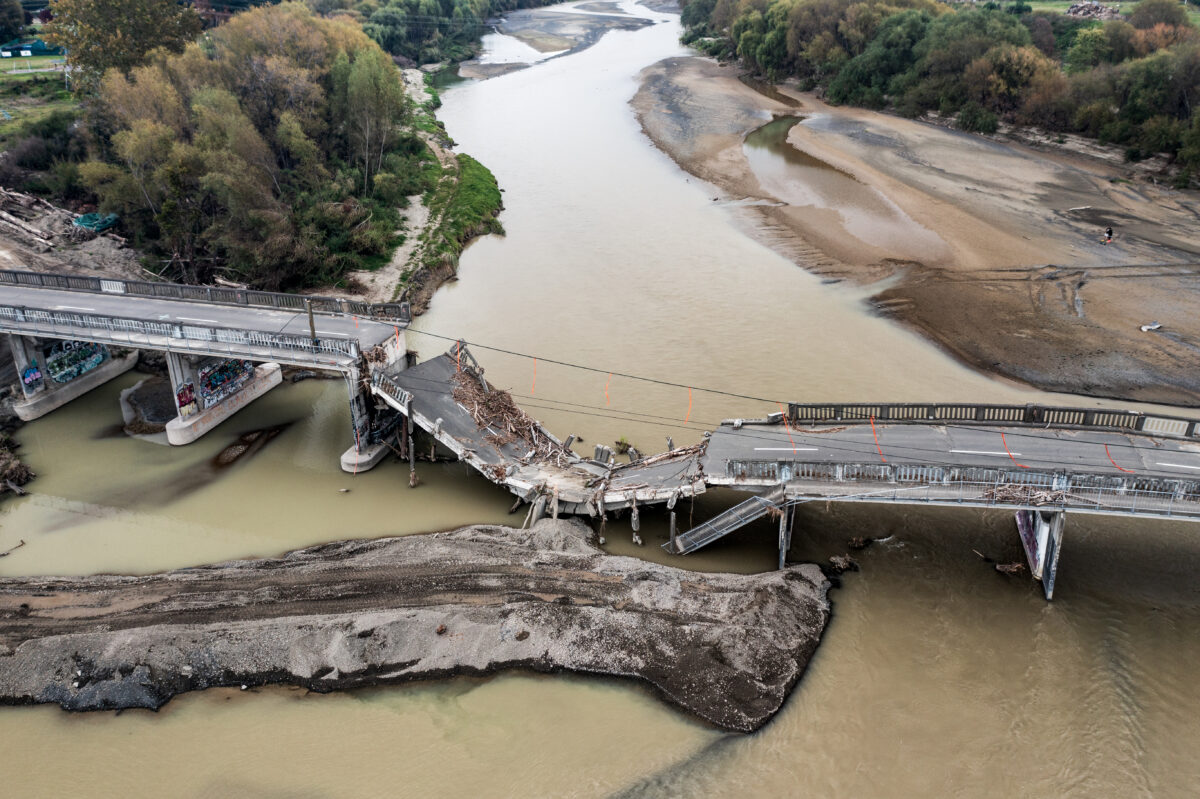[Updated] Hawke’s Bay’s five Councils today unanimously (as required by Government) confirmed the terms of an agreement with the Government worth up to $556 million in assistance for cyclone recovery, subject to consultation with communities in Hastings and Napier.
The agreement has three components.
First, home buyouts. The cost-sharing agreement will see Councils with Category 3 residential properties and central Government adopting a 50/50 cost-sharing approach to the voluntary buyout of Category 3 residential properties within their respective districts, with the Government contributing up to an estimated $92.5 million. Government and Council contributions will be net of any insurance proceeds.
This part of the agreement can only be confirmed once the two affected councils with Category 3 properties — HDC and NCC — conduct public consultation around their new role of negotiating the property settlements. At latest count, Hastings had 246 such homes, Napier had 20.
Second, flood protection. The agreement also includes $203.5 million toward flood protection for the region. This work would be 80% Government funded.
Subject to design, interest in land, and ability to build, the proposed flood protection works will benefit areas currently Category 2, from Wairoa to Pōrangahau. These include key sites across the Hastings district such as Pakowhai, Ōmahu, Waiohiki, and Havelock North. In addition, funding will enable upgrades to specific pump station and telemetry across the network. Also included in this figure is $70 million specifically earmarked as the estimated cost of a much needed and fully-funded flood protection scheme for Wairoa.
Third, transport infrastructure. The remaining $260 million will go toward specific transport infrastructure projects and programmes.
These would include fully funding the estimated cost of the Redclyffe Bridge replacement, the Puketapu, Matapiro and Aropauanui Bridge works in Hastings, Te Reinga Bridge works in Wairoa and critical roading recovery projects in Central Hawke’s Bay. Further funding provisions would include culvert replacements, as well as additional support for transport resilience and repair initiatives across the region.
Hastings receives the most dollar support from this deal when consideration is taken of where heaviest damage occurred, where the bulk of flood protection work and transport repair will actually occur and who (residents and businesses) will most directly benefit.
An HDC accounting brings the total potential value up to around $430 million of Crown funding for projects in the Hastings District — up to $92.5 million for Category 3 property settlements, $197 million for bridge and roading repairs and $140 million to be invested by HBRC in flood protection work. About three-fourths of the total Crown commitment.
Judging by the congratulations local leaders heaped upon their negotiating efforts, they seemed pleased with this outcome. You can read their remarks here.


Kia Ora Buzz.
The Hastings District Councils will buy damaged land and will most likely say they are planting trees as a flood prevention measure.
The real reason the rivers breeched the stop banks was that The Hastings District Councils planted trees inside the stop banks. Mostly Willow Trees. The space being used by these trees is needed for the rivers to flood.
Rivers flooding is a natural process . Planting trees in the rivers flood space is not. The people who died were victims of this tree planting.
The national government should require that the riverbank trees be removed immediately. Let the rivers run free.
Nga Mihi .
Marty.
Kia ora Marty, appreciate your concern about tree planting inside the stopbanks. HB Regional Council is responsible for this rather than HDC. The willow planting is called ‘edge protection’ & it is there to protect stopbanks from erosion in flood events, especially on the outside of bends in the river.
Cyclone Gabrielle caused many midslope failures (slips) in hill country, which brought down large amounts of woody debris (whole pine trees in particular). It was probably the interaction of woody debris with the edge protection planting that caused many of the flooding issues, rather than the edge protection itself.
All of this should be looked at as part of the independent review of HBRC flood protection schemes that is now getting underway.
Xan Harding, Regional Councillor (Heretaunga/Hastings)